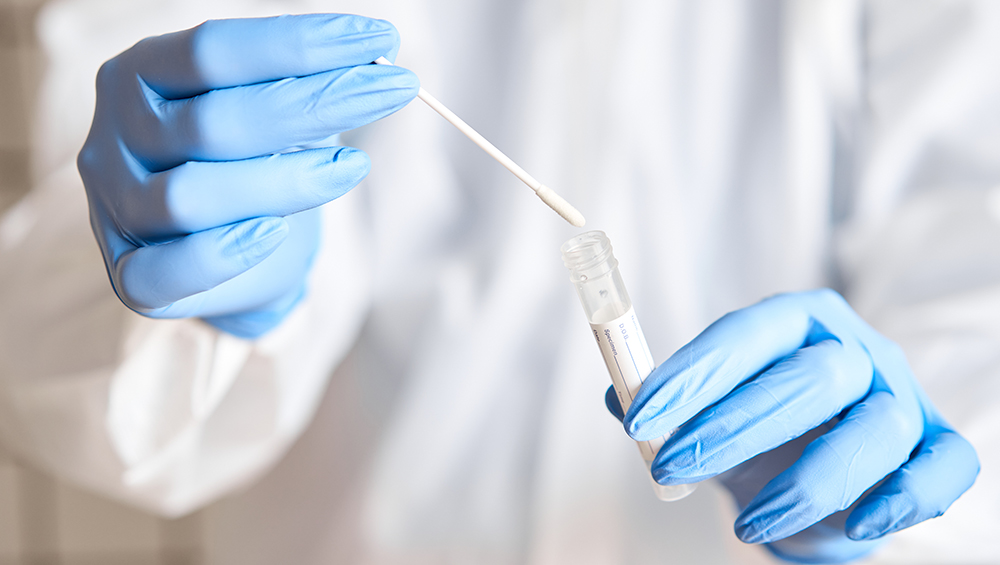Also known as anal warts, condyloma are growths that can appear on the skin surrounding the anus, inside the anal canal or in the lower rectum. Sometimes, condyloma cells mutate further and become more abnormal (precancerous). If you have this issue, also called anal dysplasia, it’s important that an experienced specialist treats the condition so that the cells do not turn into anal cancer.
If you are HIV-positive, regularly engage in anal sex or have a weakened immune system, experts recommend that you undergo an annual screening test for condyloma and dysplasia. Your primary care doctor or infectious disease provider can perform this simple swab test. If a screening test determines you have abnormal cells, your provider will refer you to a colorectal specialist for the next steps of your care plan.
Causes of condyloma and anal dysplasia
Preventing HPV is generally considered the best defense against condyloma and anal dysplasia. Your Primary Care Provider can give you the HPV vaccine in their office, and it is recommended for all teenagers and others at high risk. Whether or not you are eligible for the HPV vaccine, doctors also recommend practicing safe sex to prevent your exposure to HPV and your risk for condyloma and anal dysplasia.
Symptoms of condyloma and anal dysplasia
If you experience symptoms of condyloma and anal dysplasia, they are the result of HPV. However, many patients infected with HPV don’t experience any symptoms. If you do have HPV symptoms, they may include:
- Dysplastic lesions (precancerous lesions on the skin or inside the anal canal)
- Itching
- Pain
- Warty growths on the skin around the anus and genitals
- Bleeding
Treatment for condyloma and anal dysplasia
Treating condyloma and anal dysplasia focuses on eliminating your symptoms and lessening your risk for anal cancer. Depending on your exact situation, treatment options include:
- Topical creams. You can apply one of several prescription medications to the affected skin at home. However, success with these creams varies, and they can cause troublesome side effects, such as pain, burning or itching.
- High-resolution anoscopy. If the warts or the dysplasia is inside the anal canal, your specialist may recommend a high-resolution anoscopy. Your surgeon performs this procedure in our clinic, using a microscope to carefully evaluate for removal of the affected areas. Occasionally, concerning areas can be treated during this procedure; other times, an operation under light anesthesia is recommended for full treatment.
- Surgical ablation. During this procedure, you will be under light anesthesia, and your surgeon will remove the affected areas.
Learn more about the procedures and surgeries that our team offers.


